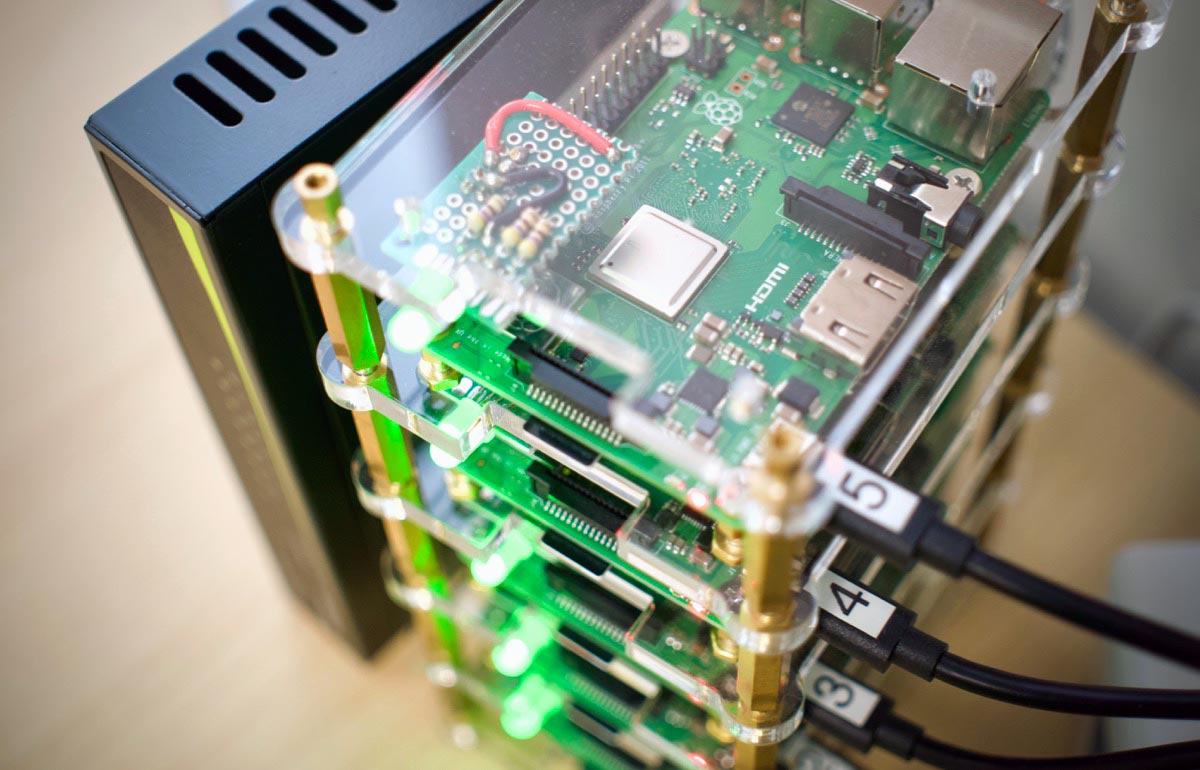Fixing '503 Service Unavailable' and 'Endpoints not available' for Traefik Ingress in Kubernetes
In a Kubernetes cluster I'm building, I was quite puzzled when setting up Ingress for one of my applications—in this case, Jenkins.
I had created a Deployment for Jenkins (in the jenkins namespace), and an associated Service, which exposed port 80 on a ClusterIP. Then I added an Ingress resource which directed the URL jenkins.example.com at the jenkins Service on port 80.
Inspecting both the Service and Ingress resource with kubectl get svc -n jenkins and kubectl get ingress -n jenkins, respectively, showed everything seemed to be configured correctly:
